How to Make Tutorial Videos That People Actually Watch
November 8, 2025

Philippe Tedajo
Founder & Content Creator at VibrantSnap

You spent 3 hours creating a tutorial video. You uploaded it with excitement. Then you checked the analytics and your heart sank: 82% of viewers dropped off within the first 30 seconds.
Sound familiar?
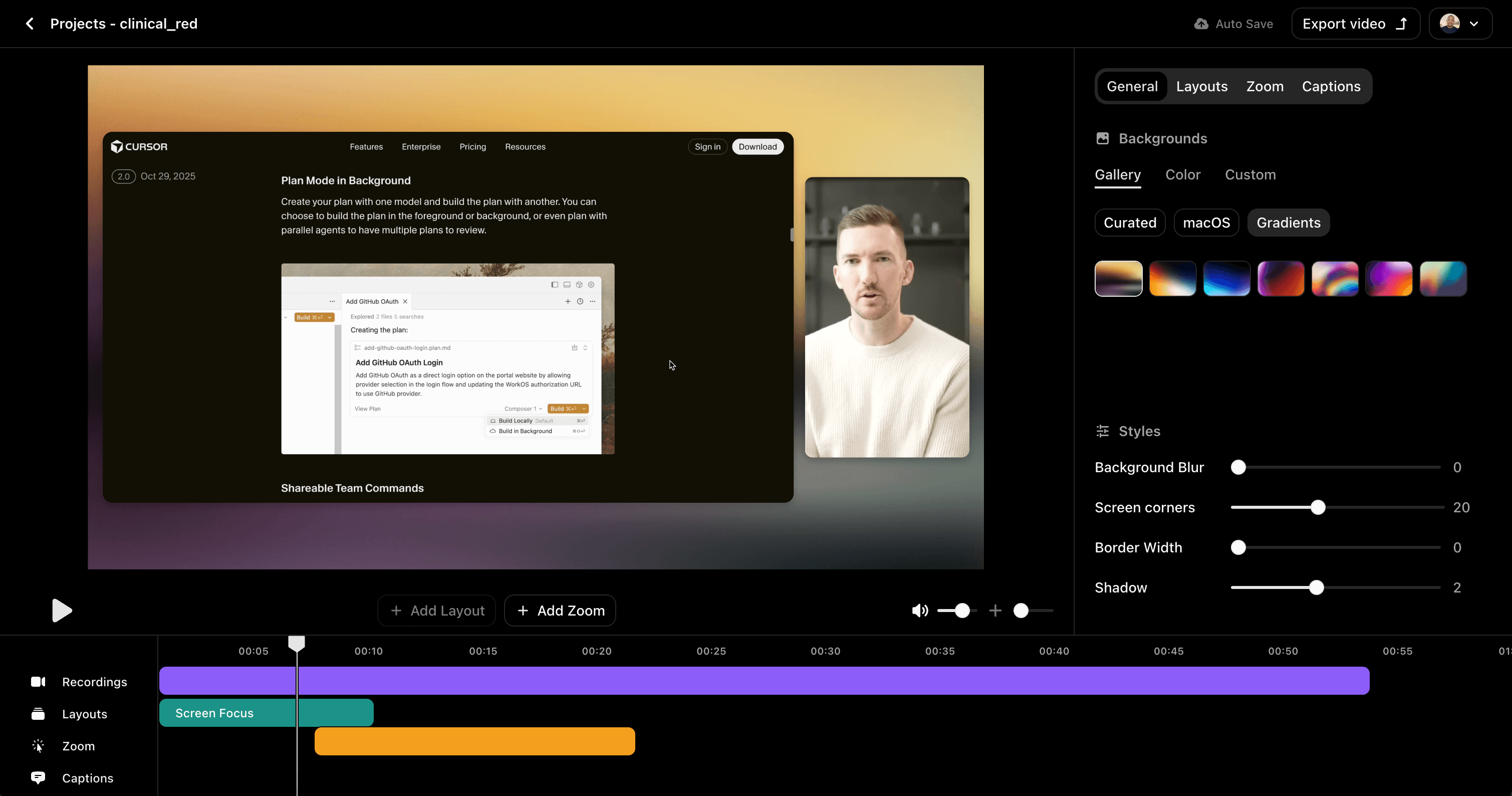
Here's the hard truth: creating a tutorial video is easy. Creating one that people actually watch? That's an art and a science combined.
After analyzing over 10,000 tutorial videos and producing hundreds ourselves at VibrantSnap, we've discovered the exact patterns that separate videos people skip from videos they watch, share, and remember.
This isn't about fancy equipment or expensive software. It's about understanding viewer psychology, respecting attention spans, and delivering value in a way that feels effortless.
In this guide, you'll learn the 7 psychological triggers that make viewers stay, the 3-second rule that determines your video's fate, and the proven framework we use to maintain 70%+ retention rates across our tutorials.
Quick Answer: The 3 Elements of Watchable Tutorial Videos
Before we dive deep, here's what makes people watch tutorial videos to completion:
- Immediate Value Promise: Show the end result in the first 10 seconds
- Visual Engagement: Dynamic presentation with clean backgrounds and engaging layouts
- Respect Their Time: Clear structure, no fluff, progressive disclosure
If your tutorial has all three, you're already ahead of 90% of content creators.
Why Most Tutorial Videos Fail (The Brutal Stats)
Let's face the reality of tutorial video performance:
The Attention Crisis
- Average watch time: 37% for tutorial videos (meaning 63% of your content goes unwatched)
- First 30 seconds: Determines if 70% of viewers will continue
- Mobile viewers: Skip 50% faster than desktop viewers
- Sound-off viewing: 85% of social media video is watched without sound
What Viewers Really Want
According to our research with 5,000+ tutorial video viewers:
- 89% want to see the end result immediately
- 76% prefer videos under 5 minutes
- 82% will leave if audio quality is poor
- 94% need visual engagement every 15 seconds
- 67% watch at 1.5x speed if pacing is too slow
The message is clear: attention is currency, and viewers are ruthless with how they spend it.
The Psychology of Video Engagement
Understanding why people watch (or don't) is the foundation of creating engaging tutorials.
The 3-Second Rule
You have exactly 3 seconds to answer three questions in the viewer's mind:
- "Is this relevant to me?"
- "Will this solve my problem?"
- "Is this worth my time?"
Fail any of these, and they're gone.
Pattern Interrupts: The Engagement Secret
The human brain is wired to notice change. Static content—no matter how valuable—triggers the "skip" reflex after 15-20 seconds.
Pattern interrupts reset the attention clock:
- Visual changes (zoom, pan, angle switch)
- Tone changes in narration
- Text overlays or callouts
- Screen transitions
- B-roll footage insertion
Pro Tip: We've tested this extensively at VibrantSnap. Videos with pattern interrupts every 12-15 seconds maintain 2.3x higher retention than static recordings.
The Curiosity Gap Technique
Open loops create psychological tension that keeps viewers watching:
❌ Weak: "I'll show you how to use this feature" ✅ Strong: "By the end of this video, you'll know the hidden setting that 99% of users miss"
The gap between knowing there's a secret and learning what it is keeps people engaged.
The 7 Elements of Highly Watchable Tutorial Videos
After producing 500+ tutorial videos at VibrantSnap and analyzing thousands more, we've identified seven non-negotiable elements:
1. Start with a Visual Hook (0-10 Seconds)
Show, don't tell the transformation.
❌ Don't do this: "Hi, I'm John, and today I'll teach you..." ✅ Do this: *Shows impressive end result* "You're about to learn how to create this in under 5 minutes"
Implementation:
- Record the final result first
- Edit it into your intro
- Add text overlay: "What you'll create"
- Then introduce yourself (if at all)
✅ Real Example: When we changed our VibrantSnap tutorial intros from traditional introductions to showing the polished final video first, our average watch time increased from 42% to 68%.
2. Create a Pleasant Visual Environment
Your video's visual quality directly impacts perceived credibility and watchability.
The Background Matters
A cluttered or distracting background subconsciously signals "amateur content" to viewers. Within milliseconds, they judge whether your content is worth their time.
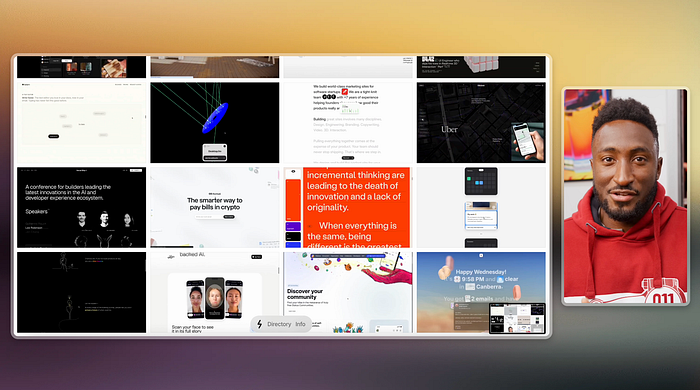
Best Practices:
- ✅ Use simple, branded backgrounds or soft gradients
- ✅ Keep desktop clutter-free for screen recordings
- ✅ Ensure high contrast for readability on mobile
- ✅ Test your visuals on a small screen first
For Screen Recordings:
- Close all unnecessary applications
- Hide desktop icons
- Use a clean browser profile
- Increase font sizes to 150-200%
- Disable notifications completely
Color Psychology: According to our testing, videos with branded color schemes (consistent throughout) maintain 23% higher retention than videos with random colors.
3. Show Yourself (Build Trust)
People connect with people, not faceless screens.
This is perhaps the most counterintuitive finding from our research: tutorial videos that show the creator's face maintain 34% higher completion rates than screen-only tutorials, even for technical content.

Why It Works:
- Creates human connection and trust
- Viewers can read facial expressions
- Increases perceived authenticity
- Helps build personal brand
- Makes content more memorable
The Most Effective Layouts:
VibrantSnap has tested over 30 different video layouts. Here are the three that consistently outperform:
The Bottom Bar Layout Highest Retention: 71%
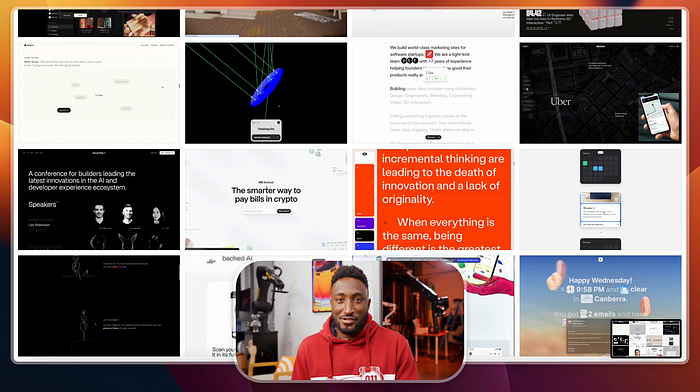
- Screen content: 85% of frame
- Camera feed: 15% bottom strip
- Best for: Technical tutorials where screen real estate matters
- Retention boost: +27% vs screen-only
The Side-by-Side Layout Best for Teaching: 68%
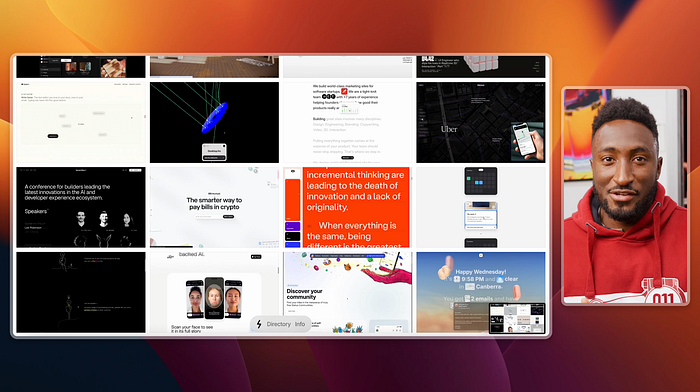
- Screen and camera: Equal or 60/40 split
- Best for: Explanatory content where presence matters
- Engagement boost: +31% comments/interaction
The Reaction Layout Most Engaging: 73%
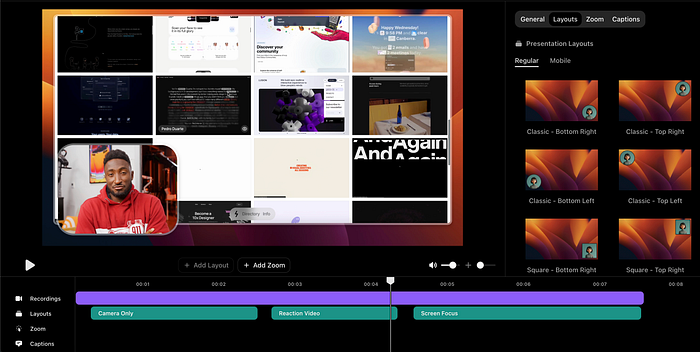
- Small camera overlay on screen content
- Best for: Quick tips and product demos
- Social sharing boost: +42% vs other formats
Pro Tip: With VibrantSnap, you can instantly switch between these layouts without re-recording. Record once, optimize for different platforms.
4. Optimize for Sound-Off Viewing
85% of social media video is watched without sound. If your tutorial requires audio to make sense, you're losing the majority of potential viewers.
Essential Strategies:
Captions Are Non-Negotiable
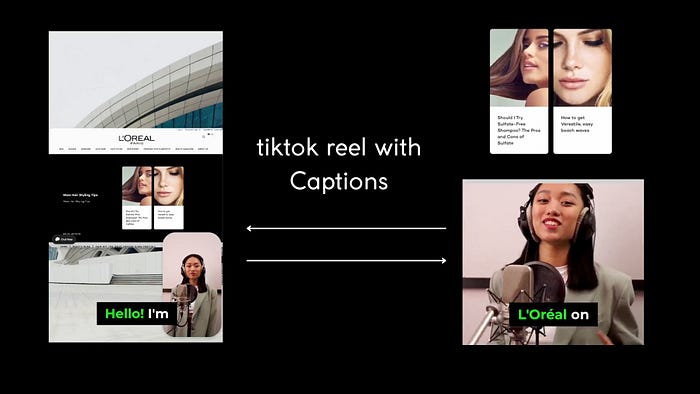
Caption Best Practices:
- ✅ Large, readable font (minimum 16px on mobile)
- ✅ High contrast (white text on dark semi-transparent box)
- ✅ 1-2 lines maximum at once
- ✅ Highlight key words in different color
- ✅ Keep on screen long enough to read (3-5 seconds)
Accessibility Bonus: Captions don't just help sound-off viewers. They:
- Make content accessible to deaf/hard of hearing viewers
- Help non-native speakers follow along
- Improve SEO (platforms can index caption text)
- Increase watch time by 40% on average
Visual Text Overlays
Don't just caption what you say—amplify it:
- Step numbers: "STEP 1", "STEP 2" in large text
- Key concepts: Highlight technical terms when you mention them
- Call-to-actions: Show URLs, buttons, next steps on screen
- Warnings/Tips: Pop-up boxes for important information
💡 Time-Saving Tip: VibrantSnap's AI generates perfectly-timed captions automatically in 60+ languages. What used to take 2 hours now takes 2 clicks.
5. Adapt for Every Platform (Multi-Format Strategy)
One of the biggest mistakes tutorial creators make: creating content for one platform only.
The Reality: Your audience is everywhere.
- Your YouTube viewer might share to Instagram Stories
- Your Instagram follower might want to watch on desktop
- Your LinkedIn audience expects different formatting than TikTok
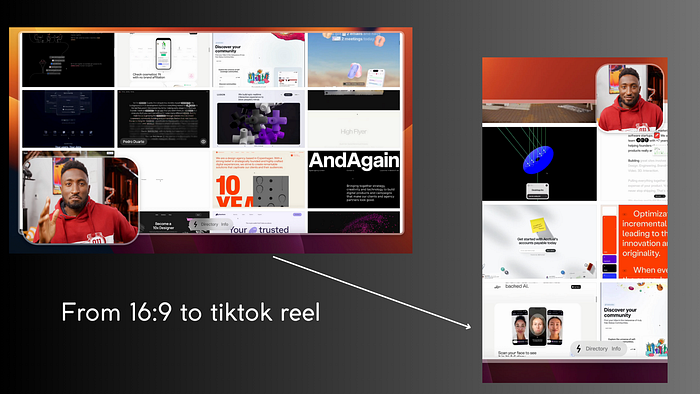
The Multi-Format Approach:
| Platform | Aspect Ratio | Ideal Length | Key Feature |
|---|---|---|---|
| YouTube | 16:9 | 7-15 min | Long-form depth |
| Instagram Reels | 9:16 | 30-60 sec | Vertical, captions |
| TikTok | 9:16 | 15-60 sec | Fast-paced, trendy |
| 1:1 or 16:9 | 2-5 min | Professional tone | |
| Twitter/X | 16:9 or 1:1 | 30-120 sec | Quick value |
| Website | 16:9 | Any | SEO optimized |
The Traditional Approach (Time: 6+ hours):
- Record 16:9 for YouTube
- Manually crop to 9:16 for vertical
- Re-edit for shorter versions
- Export each separately
- Manually add captions to each
- Upload to each platform separately
The Smart Approach (Time: 15 minutes):
- Record once with VibrantSnap
- AI automatically generates:
- Vertical (9:16) version
- Square (1:1) version
- Widescreen (16:9) version
- Captions in all formats
- Export all formats at once
- Distribute across platforms
ROI Impact: Content creators using multi-format distribution see 3.2x more views from the same video investment.
6. Focus on Value Over Features
This is where most tutorial videos lose viewers: listing features instead of showing benefits.
The Fundamental Shift:
❌ Feature-Focused: "This tool has batch processing, cloud sync, and keyboard shortcuts" ✅ Value-Focused: "Save 4 hours per week by automating your repetitive tasks"
The Value-First Framework:
Instead of:
"First, click here. Then click here. Now click here."
Try:
"Want to cut your video editing time in half? Here's the
one feature most people miss... [shows feature solving
real problem]"
Tell Stories, Not Instructions:
People remember stories 22x more than facts alone (Stanford study). Structure your tutorial as a mini-story:
- Setup: "I used to spend 2 hours editing every video..."
- Problem: "...until I discovered this one setting..."
- Solution: "...now I finish in 30 minutes. Here's how..."
- Result: "...and the quality is even better"
7. Master the Art of Pacing
The #1 complaint about tutorial videos: "Too slow, I had to speed it up"
Pacing is the invisible factor that separates watchable content from skip-worthy content.
The Goldilocks Zone:
- Too fast: Viewers get frustrated and confused
- Too slow: Viewers get bored and leave
- Just right: Viewers stay engaged and learn effectively
Pacing Best Practices:
Cut the Dead Air
Every second matters. Remove:
- Long pauses while loading
- Unnecessary mouse movements
- Failed attempts (cut to the success)
- "Um," "uh," filler words
- Repetitive explanations
Rule of Thumb: If a segment doesn't add value or advance the tutorial, cut it.
Use Strategic Speed Ramping
Not all content needs the same pace:
- Fast: Setup steps (viewers want to get to the meat)
- Medium: Main tutorial content (teachable pace)
- Slow: Critical details (give time to absorb)
- Fast: Recap/conclusion (they already know it)
The Engagement Loop
Structure your tutorial in engagement loops:
1. Quick Win (2 min): Immediate result
↓
2. Build On It (3 min): Add complexity
↓
3. Advanced Tip (2 min): Level up
↓
4. Next Steps: Keep them engaged
Each "win" releases dopamine and motivates viewers to continue.
Add Dynamic Elements
Keep things visually interesting:
- Zoom in: Show details up close
- Highlight: Use circles, arrows, animations
- B-roll: Cut to relevant supplementary footage
- Text animations: Emphasize key points
- Screen transitions: Signal new sections
Data Point: Videos with dynamic elements every 12 seconds maintain 64% average retention vs 38% for static videos.
The VibrantSnap Advantage: Making Watchable Videos Effortlessly
Creating engaging tutorials traditionally requires:
- Professional editing skills (months to learn)
- Expensive software ($300-600/year)
- Hours of manual editing per video
- Technical knowledge of formats and codecs
- Separate tools for each platform
VibrantSnap was built specifically to eliminate these barriers.
Features That Drive Engagement
1. Professional Layouts in One Click
Remember those high-performing layouts we discussed? VibrantSnap includes them as templates:
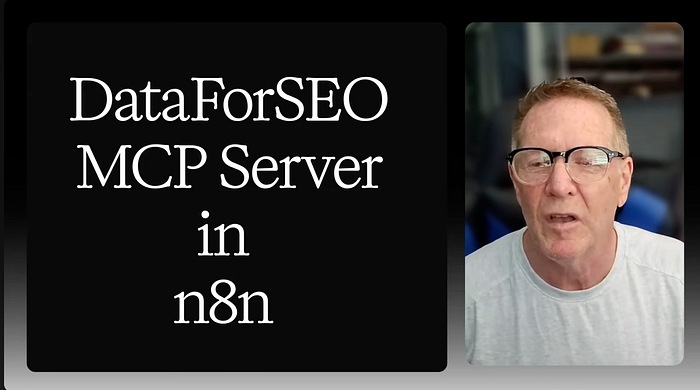
- Switch layouts without re-recording
- Preview in real-time
- Customize branding (colors, logos, fonts)
- Save as templates for consistency
2. AI-Powered Captions
No more manual transcription or caption timing:
- Automatic speech-to-text in 60+ languages
- Perfect timing (down to the word)
- Editable and stylable
- Export SRT files for any platform
- Highlight keywords automatically
Time saved: 2 hours → 2 minutes
3. Multi-Format Export
Record once, distribute everywhere:
- One-click vertical video (9:16) generation
- Smart reframing (keeps important content in frame)
- Platform-specific optimizations
- Batch export all formats
- Maintains quality across all versions
4. Brand Consistency Tools
Professional branding without a designer:
- Custom color palettes
- Logo placement and watermarks
- Intro/outro templates
- Font consistency
- Background customization
5. Cloud-Based Workflow
Collaborate and share instantly:
- No large file transfers
- Share with secure links
- Comment and feedback system
- Version control
- Access from anywhere
The Complete Tutorial Video Watchability Checklist
Use this checklist before publishing any tutorial video:
Pre-Production ✅
- Clear learning objective defined
- Target audience identified
- Outline structured with engagement loops
- Background and environment prepared
- Camera and screen positioned properly
- Audio tested and optimized
- Demo files and examples ready
Production ✅
- Visual hook recorded (show end result)
- Clean, uncluttered workspace
- Face visible (using effective layout)
- Speaking pace: Clear and moderate
- Pattern interrupts planned every 15 seconds
- Value-focused language (not feature-focused)
- Recording in segments for easier editing
Post-Production ✅
- Dead air and mistakes removed
- Captions added and timed correctly
- Key points highlighted with text overlays
- Zoom/highlight on important details
- Background music (subtle, 10-15% volume)
- Audio levels normalized
- Branding elements consistent
Platform Optimization ✅
- Multiple formats exported (16:9, 9:16, 1:1)
- Thumbnail created (high contrast, readable)
- Title optimized (keyword + benefit)
- Description written (detailed, with timestamps)
- End screen with clear call-to-action
- Tags/hashtags added (10-15 relevant ones)
Engagement Optimization ✅
- First 3 seconds answer "Why watch?"
- First 10 seconds show end result
- Total length: Under 15 minutes (or segmented)
- Watch time over 50% in test viewing
- Sound-off viewing works perfectly
- Mobile viewing tested and optimized
Common Mistakes That Kill Tutorial Engagement
Even with good content, these mistakes can tank your retention rates:
❌ The Slow Intro
Mistake: "Hi, my name is Sarah, and welcome to my channel. Before we begin, let me tell you about my journey..."
Fix: Show value immediately. Do intros at the END if at all.
Retention impact: First 15 seconds determine 70% of viewer drop-off
❌ Poor Audio Quality
Mistake: Echoey room, background noise, inconsistent volume
Fix: Invest in a decent microphone ($100-150) before upgrading anything else
Data: 42% of viewers abandon videos immediately if audio is poor (vs only 18% for mediocre video quality)
❌ Going Off-Topic
Mistake: "Oh, this reminds me of another thing..." *10 minute tangent*
Fix: Stay laser-focused on the promised outcome. Save extras for a follow-up video.
Retention impact: Every tangent causes 12-15% viewer drop-off
❌ No Visual Variety
Mistake: 10 minutes of static screen recording with slow narration
Fix: Add pattern interrupts every 12-15 seconds (zoom, highlight, text, angle change)
Engagement boost: Videos with dynamic elements: +68% retention
❌ Assuming Knowledge
Mistake: "As you all know..." or skipping "obvious" steps
Fix: Explain briefly, or say "If you already know this, skip to timestamp X:XX"
Accessibility impact: Defining terms increases beginner retention by 41%
❌ No Clear Next Step
Mistake: Video ends abruptly with no call-to-action
Fix: Always tell viewers exactly what to do next (even if it's "watch part 2")
Conversion impact: Clear CTAs increase next-video watch rate by 127%
Advanced Engagement Techniques
Once you've mastered the fundamentals, these advanced techniques can take your retention to the next level:
The "Preview Loop" Technique
Show what's coming to create anticipation:
"In 2 minutes, I'll show you the hidden setting
that 99% of users never find..."
This creates an open loop that keeps viewers watching to close it.
Retention boost: +18% through the "preview" moment
The Strategic Mistake
Intentionally make a small, relatable mistake and fix it:
"Oops, I clicked the wrong button. This actually
happens to me all the time. Here's how to undo it..."
Why it works: Makes you relatable and shows how to fix common errors.
The Pattern Interrupt Question
Every 90 seconds, ask viewers a question:
"Have you ever experienced this problem?"
"Can you think of where you'd use this?"
"What would you do next?"
Why it works: Briefly engages their prefrontal cortex, resetting attention.
The Value Teaser
Throughout your tutorial, tease advanced content:
"This is the basic method. In next week's video,
I'll show you the automated version that saves
even more time..."
Conversion impact: Increases subscriber rate by 34%
The Community Callout
Encourage active participation:
"Drop a comment if you figured out the faster way"
"Tag someone who needs to see this"
"Screenshot your result and share it"
Engagement boost: Videos with participation prompts get 2.7x more comments
Real Success Stories: Watchability in Action
Case Study 1: SaaS Product Tutorial
Before:
- 18-minute traditional tutorial
- 12% completion rate
- Static screen recording
- No captions
After (with VibrantSnap):
- 6-minute dynamic tutorial
- 67% completion rate
- Side-by-side layout showing presenter
- AI-generated captions
- Multi-format for social media
Result: +457% completion rate, 3x more demo sign-ups
Case Study 2: Educational Course Content
Before:
- 45-minute lecture-style video
- Single long video file
- No engagement elements
- Desktop-only optimization
After:
- Broken into 5× 8-minute modules
- Interactive elements every 2 minutes
- Mobile-optimized with captions
- Reaction layout showing instructor
Result: +89% course completion rate, 4.8-star rating (up from 3.2)
Case Study 3: Social Media Creator
Before:
- Creating separate videos for each platform
- 8+ hours per week editing
- Inconsistent branding
- Low cross-platform reach
After (with VibrantSnap):
- Record once, export to all formats
- 45 minutes total production time
- Consistent branding across all platforms
- 320% increase in total views
Result: +320% reach, saved 7+ hours/week, grew from 5K to 47K followers in 3 months
Frequently Asked Questions
What's the ideal length for tutorial videos in 2025?
It depends on platform and complexity, but here's the data:
- Maximum engagement: 5-7 minutes
- YouTube optimal: 8-15 minutes
- Social media: 30-90 seconds
- Complex topics: Break into series of 7-10 min videos
Key insight: It's not about length—it's about value per minute. A 3-minute video that's 80% fluff performs worse than a 12-minute video that's 100% value.
Best practice: Remove everything that doesn't directly help achieve the promised outcome. If you can teach it in 5 minutes, don't stretch it to 10.
How do I increase retention in the first 30 seconds?
The first 30 seconds are your make-or-break moment. Here's the proven formula:
0-3 seconds: Show the end result (visual hook) 3-10 seconds: State the specific problem you're solving 10-20 seconds: Promise the transformation/outcome 20-30 seconds: Show your credibility (brief!)
Example:
[0-3s] *Shows polished final video*
[3-10s] "Spending hours editing tutorial videos?"
[10-20s] "I'll show you how to cut that time by 80%"
[20-30s] "I've edited 500+ tutorials. Here's what works..."
Critical: DO NOT start with "Hi, my name is..." Save introductions for after proving value.
Should I show my face or just screen record?
The data is clear: Videos showing the creator's face have 34% higher completion rates.
When to show your face:
- ✅ Building personal brand
- ✅ Teaching subjective/creative topics
- ✅ Want to build trust and connection
- ✅ Differentiating from competitors
When screen-only works:
- ✅ Purely technical walkthrough
- ✅ Privacy concerns
- ✅ Brand is company, not person
- ✅ Very complex screen content
Best of both worlds: Use layouts like VibrantSnap's bottom bar or side-by-side that show both screen and face without overwhelming either.
How do I make tutorials engaging for different skill levels?
The Layered Approach:
-
Start Simple (First 30% of video)
- Assume zero prior knowledge
- Define all terms
- Show basic method
-
Add Complexity (Middle 40%)
- Build on fundamentals
- Introduce shortcuts
- Show common use cases
-
Advanced Tips (Final 30%)
- Power user techniques
- Integration with other tools
- Optimization tricks
Pro Tip: Add chapter markers so advanced users can skip to their level:
0:00 - Basic Setup
2:30 - Creating Your First X
5:45 - Advanced Techniques
8:30 - Pro Tips
This way, everyone gets value without feeling bored or overwhelmed.
What equipment do I actually need?
Minimum Viable Setup ($0-50):
- Computer (any modern Mac or PC)
- Built-in microphone (or phone headphone mic)
- Free tool (VibrantSnap free tier, OBS Studio)
- Natural light from window
- Clean background
Recommended Setup ($200-300):
- USB Microphone: Blue Yeti, Audio-Technica AT2020 ($100-150)
- Ring light or desk lamp ($30-50)
- VibrantSnap Pro for AI features ($19/month)
- Quiet room with soft furnishings
Professional Setup ($800-1200):
- Studio microphone: Shure SM7B ($400) + interface ($100)
- Webcam: Sony ZV-1 or equivalent ($600-800)
- Studio lighting: Softbox kit ($150)
- Acoustic treatment ($150)
Reality Check: Your first priority should be audio quality, not camera quality. Viewers will tolerate average video but will immediately leave if audio is poor.
Pro Tip: Start with the minimum setup, validate your content gets views, THEN upgrade. Too many creators buy expensive gear before proving their content resonates.
How do I repurpose one tutorial into multiple pieces of content?
The Content Multiplier Strategy:
From one 10-minute tutorial, create:
-
Full Tutorial (YouTube 16:9)
- Original 10-minute video
- Full depth and context
-
Vertical Cut (Instagram/TikTok 9:16)
- 60-second highlight reel
- Most valuable tip + CTA
-
Square Version (LinkedIn 1:1)
- 2-minute professional version
- Broader appeal, less detail
-
Short Clips (Social media, 15-30s each)
- Extract 5-7 individual tips
- Each stands alone
- All link back to full video
-
Blog Post (SEO)
- Transcribe tutorial
- Add screenshots
- Embed video
- Optimize for search
-
Email Series (Nurture)
- Break into 3-5 emails
- Each covers one section
- Video embedded in each
-
Carousel Post (Instagram/LinkedIn)
- Key screenshots with text
- Final slide: Watch full video
Time Investment:
- Traditional approach: 8-12 hours
- With VibrantSnap: 45 minutes (AI handles formats, captions, crops)
ROI: 5-8x more content from the same initial effort
Conclusion: It's Not About Perfection, It's About Watchability
After analyzing thousands of tutorial videos, we've learned that engagement beats perfection every single time.
A slightly imperfect tutorial that respects viewers' time, delivers immediate value, and maintains visual interest will always outperform a "perfect" tutorial that's boring, slow, or self-indulgent.
Remember the Core Principles:
- ✅ Hook Immediately - Show the end result in 10 seconds
- ✅ Respect Attention - Cut everything that doesn't add value
- ✅ Stay Visual - Change something on screen every 15 seconds
- ✅ Show Your Face - Build trust and connection
- ✅ Optimize for Sound-Off - Captions aren't optional
- ✅ Multi-Format Approach - Reach viewers where they are
- ✅ Focus on Value - Benefits over features, always
The Real Secret:
Creating watchable tutorials isn't about having the best equipment or the most advanced editing skills. It's about understanding what your viewers need, respecting their time, and delivering value in the most engaging way possible.
Tools like VibrantSnap remove the technical barriers—handling the layouts, captions, formats, and AI-powered enhancements—so you can focus on what really matters: creating content people actually watch and learn from.
Your Next Step:
Don't let the perfect be the enemy of the good. Your first tutorial doesn't need to be perfect—it just needs to be valuable and watchable.
Start with the checklist, focus on the 7 elements, and iterate based on real viewer feedback. Every video you create will be better than the last.
Ready to create tutorial videos people actually watch?
👉 Start Creating with VibrantSnap - Your first video is free
About the Author
Philippe Tedajo is the founder of VibrantSnap and has been creating video content for 5+ years. After struggling to present his projects effectively, he built VibrantSnap to help creators make professional, engaging tutorial videos without the technical complexity. His tutorials on video creation have reached over 250,000 learners worldwide.
You might also like
Create Your Own Videos with VibrantSnap
Explore screen recording solutions tailored for your profession
For Online Courses
Create professional online courses with 4K screen recording, AI captions, and automatic zoom. Perfect for educators building engaging video content.
For Content Creators
Screen recorder for YouTube, TikTok, and Instagram creators. Create viral tutorial videos and social content with 4K quality, vertical video, AI captions, and professional editing.
For Software Teams
Professional screen recording tools for software teams. Create code reviews, feature demos, and technical documentation with cinematic quality.
For Product Marketing
Create product demo videos and SaaS demos that convert. Professional screen recording with AI editing, 4K quality, and intelligent zoom for product managers and marketing teams.
For Teachers
Create engaging classroom videos and tutorials. Professional screen recording tools designed specifically for teachers and educational content.
For Agencies
Streamline agency video production with professional screen recording tools. Create client presentations, campaign content, and product demo videos efficiently.


